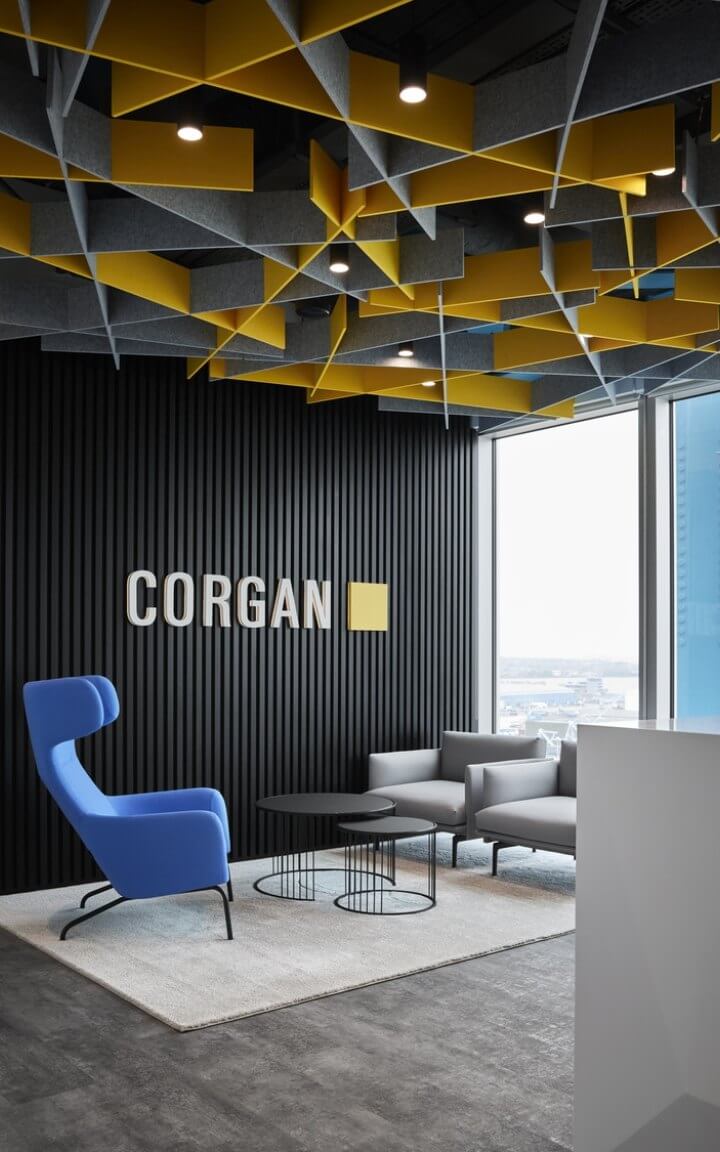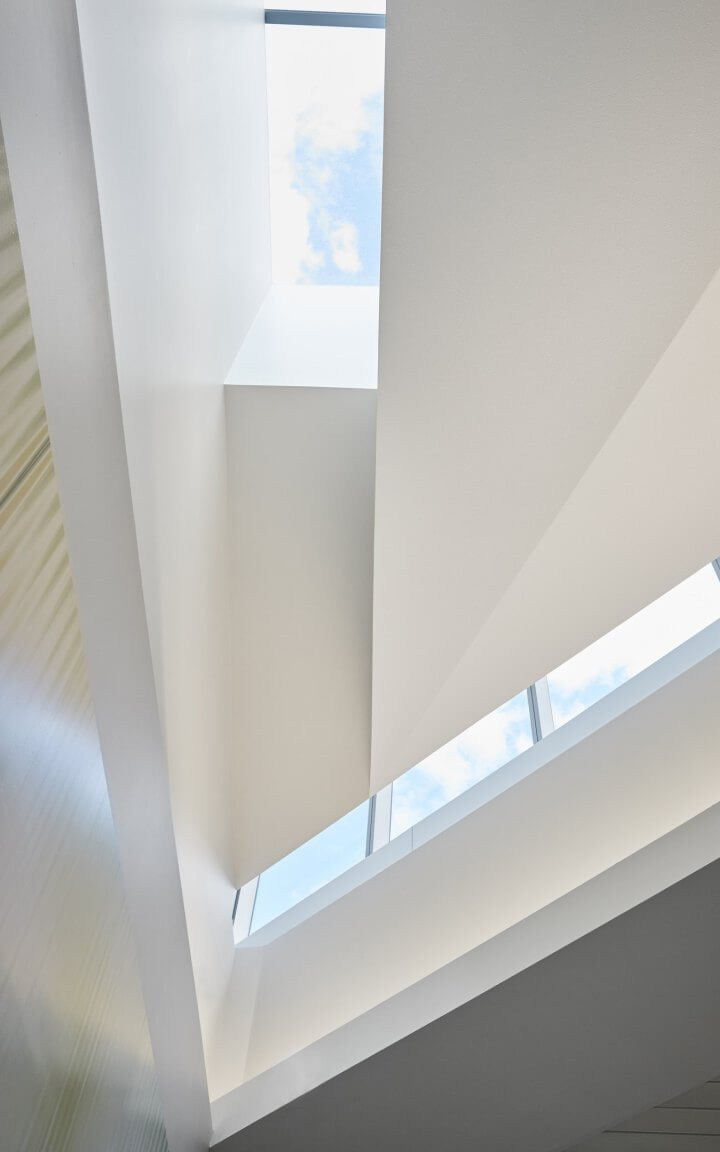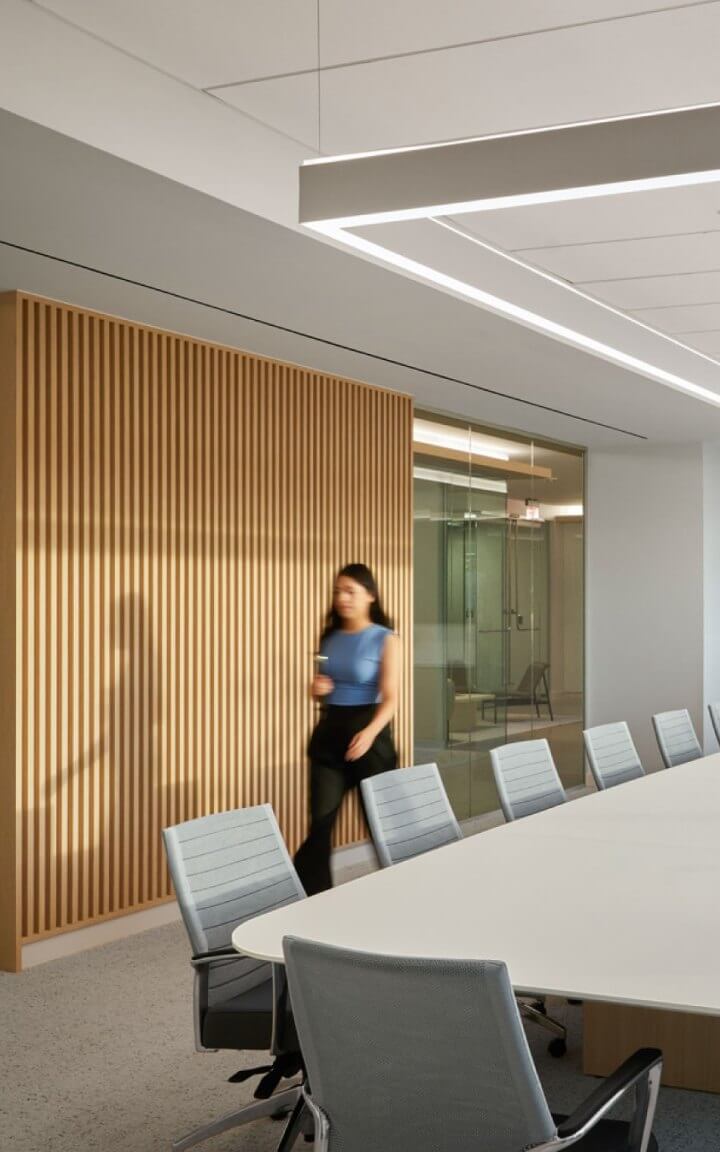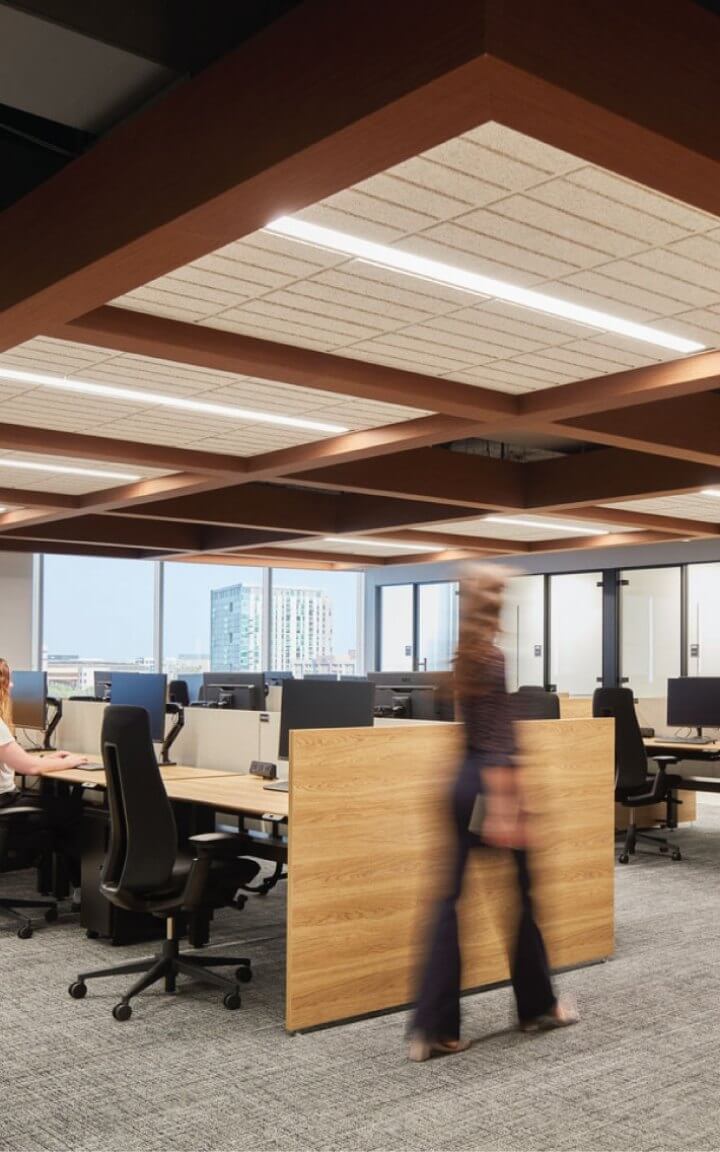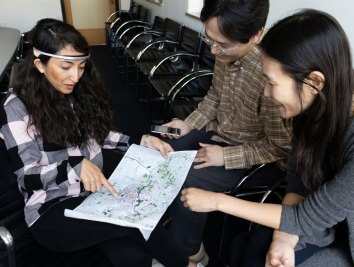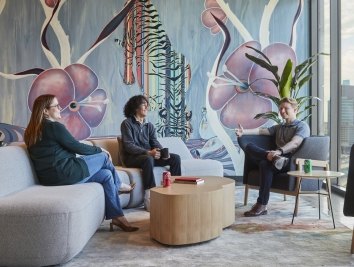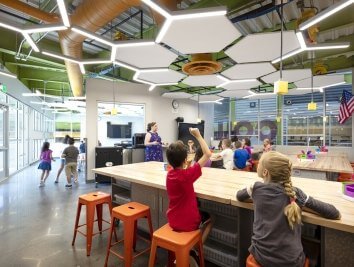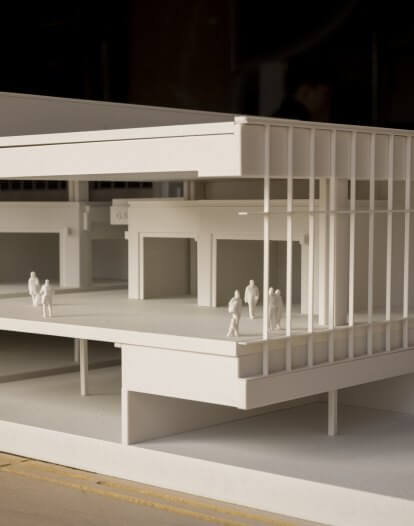Behavior by Design: Insights from SXSW 2025

David Euscher, Corgan’s Studio Design Director of workplace interiors in the firm’s Houston office, shares insights from his SXSW panel “Behavior by Design: How Space Influences Human Behavior.” The panel discussed how design impacts behavior, how the role of the designer could change, and the duty of the designer to do good.
Panelists were:
- Sheryl Connelly, Chief Futurist, Ford Motor Company
- Jennifer Kolstad, Global Desing & Brand Director, Ford Motor Company
- Evan Orensten, Co-founder & Editor, Cool Hunting
Design Perspectives
Design is all around us and it shows up in the products we use, in the interactions we have with technology, and the experience of spaces we occupy. Design subtly shapes our behavior in ways we often don't consciously recognize. We respond so naturally that we may not realize we are being subconsciously manipulated or influenced by design. At this year’s SXSW conference, a multi-disciplinary panel including an interior designer, a lawyer-turned-futurist and a cultural critic/podcast host/brand strategist gathered to share their perspectives on the influence of design on human behavior, the unintended consequences of design, and the evolving role of the designer and design ethics.
Early Engagement = Better Outcomes
Every building design project involves a range of stakeholders and contributors who participate at different stages — from writing the project brief to placing the final accessories. However, designers are often not included in the early conversations with key decision-makers who define the project’s goals, intentions, and success metrics. This can lead to outcomes that overlook broader impacts on individuals and communities.
By asking questions that consider long-term and wide-reaching effects, designers can play a critical role in helping project owners and developers define the core problem the design aims to solve. This reframing helps establish success metrics that include human-centered considerations.
When we define project outcomes in terms of the human behaviors that will drive success, designers can engage stakeholders in design thinking and scenario-building exercises — ideally before the traditional design process begins. For instance, if the goal is to sell more products or increase user engagement, we must first examine the human relationships and conditions that would enable and encourage those behaviors.
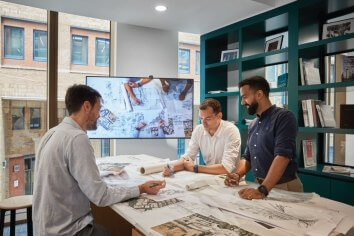
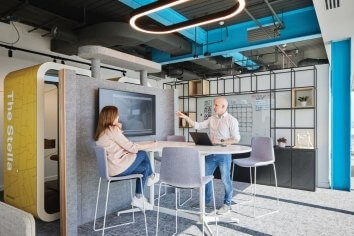
This strategy — giving people control over their environment — is a major part of neuroaesthetics and designing for neurodiversity. Because, while we know that design impacts behavior generally, we cannot know how an aesthetic choice will impact every single person — some people need more visual stimulus, some need less, some might change day-to-day. Children and adults with ADHD often need ambient sound in their environment to help them focus because too much quiet makes the internal stimulus too distracting. By anticipating the needs of people in the margins, we can make the user experience (and behavioral outcomes) better for everyone.
Neuroaesthetics offers a foundation that designers can continue to build upon. As our understanding of human behavior, health, and the physiological impact of design deepens, so does our opportunity — and responsibility — to apply that knowledge in our work. The growing body of data linking spatial design to behavioral outcomes not only strengthens our practice but also equips us to more effectively advocate for human-centered design strategies with clients and stakeholders early in the process.
Ethical Design
While the panel began its discussion on the positive impacts that design can have, one of the central discussion points was the question of ethical design practices as it relates to manipulating behaviors through design. Familiar stories about social media apps that have been designed to be addictive so that people keep scrolling, unaware of the manipulation, give rise to these questions, especially with children being vulnerable to these tactics. This cautionary example calls attention to the unintended consequences that may arise from design and raises the question of ethics in design as well. If design of built environments is able to influence people’s behavior and experiences, where is the line between subconsciously encouraging a specific outcome and subversive manipulation? This question can be especially tricky in architecture, which, as Water Benjamin observed in his book, "The Work of Art in the Age of Its Technological Reproducibility", we largely experience in a state of distraction, meaning we are often unaware of how architecture influences us. This also adds challenges to research, as we may not be able to prove that X intervention causes Y behavior due to the wide range of uncontrolled variables. However, as we collect more data on space utilization, movements in spaces and the behavioral patterns that happen in these spaces, more correlations emerge which enable us to design the environment with intention toward behavioral outcomes.

The TIAA Corporate Center in Frisco, Texas, includes open and enclosed areas with soft lighting for more focused work.
Design strategies that help lower cortisol levels — the hormone associated with stress — can reduce anxiety, increase comfort, and ultimately foster trust. In any built environment, whether retail or workplace, cultivating comfort and trust among people can significantly enhance engagement. This, in turn, can lead to increased sales, improved collaboration, or stronger user satisfaction, depending on the context.
When we include the human physiological and emotional response to space as part of a project’s success metrics, we shift the design focus from just form and function to the root behaviors that drive outcomes. This approach encourages designers to think beyond aesthetics and address how people feel, interact, and perform within a space — even before sketching the first concept.
One example raised during the SXSW panel discussion involved the design of car dealerships. These spaces are typically created to capture attention from afar — often with bold, large-scale structures aimed at freeway visibility. However, while eye-catching, this kind of scale can feel intimidating or unwelcoming up close. By instead focusing on the human experience — such as ensuring entrances are clearly visible and easy to navigate — design can reduce stress and build trust from the moment someone arrives.
As designers, centering the human experience in our process allows us to create environments that are not only visually impactful but also emotionally and behaviorally supportive — leading to more meaningful and measurable outcomes.
Neuroaesthetics and Neurodiversity
Design, across disciplines, is increasingly informed by insights from fields outside its traditional boundaries. One area gaining particular interest is neuroaesthetics—a growing field within psychology that studies how aesthetic experiences impact the brain and behavior. While design has long drawn from historical precedents and contextual cues, integrating knowledge from behavioral science and neuroaesthetics opens new possibilities for creating spaces that intentionally influence how people feel and act.
Neuroaesthetics offers designers a framework to connect a design intention—such as promoting creativity or focus — with evidence-based spatial strategies. For instance, research shows that creative, “divergent” thinking is more easily activated in environments with high ceilings and large volumes, while focused, “convergent” thinking is better supported by smaller, quieter, and more enclosed spaces. With this understanding, a creative team might thrive in an open, lofted studio for brainstorming and collaboration, but require more intimate rooms with lower ceilings for concentrated, individual work.
By designing with an awareness of how space affects the mind and body, we can go beyond aesthetics and function to shape environments that actively support desired behaviors — whether that’s sparking innovation, deepening focus, or fostering emotional comfort.
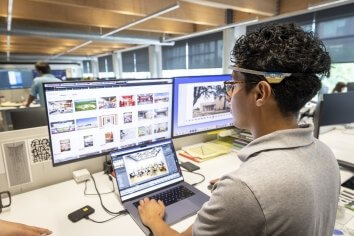
Finding Answers
Corgan’s research group, Hugo, is currently partnering with the University of Arkansas on an 18-month grant from the AIA Upjohn Research Initiative to investigate the qualitative and quantitative benefits of various design interventions for neurodiverse populations in the workplace.
As licensed professionals, designers have the knowledge to create environments that promote health, safety and welfare of the public. But, knowing that we can also positively impact behavioral outcomes, we have an obligation to protect from harm and an incredible opportunity to aim for better: better health, higher productivity, more enjoyment.
As AI becomes more integrated into the design process, designers should view it as augmented intelligence — a tool that can handle data analysis and repetitive tasks, freeing us to focus on what truly requires human insight: the nuanced design of spaces that are meaningful, effective, and responsive to their users. With growing knowledge about how design impacts human behavior and well-being, we not only have more to respond to — we also carry a greater responsibility.
This makes it all the more important for designers to engage early in project conversations, where the criteria for success are being defined. By participating from the outset, we can help shape outcomes that go beyond efficiency and aesthetics to truly support the people who will use the spaces we create.
